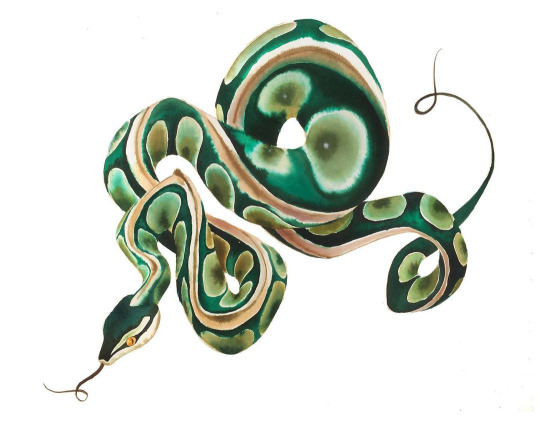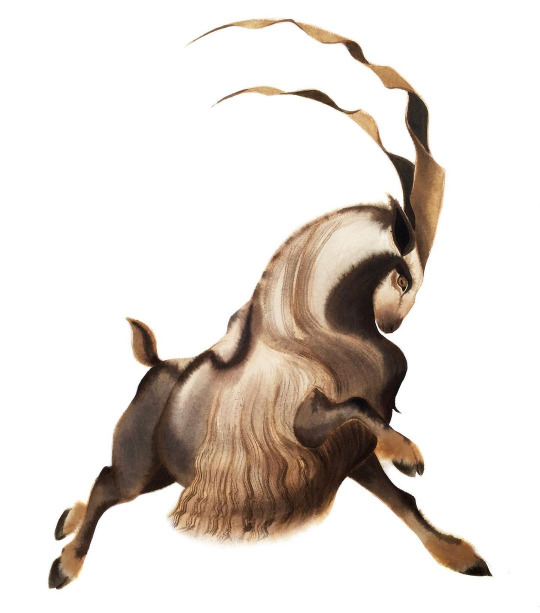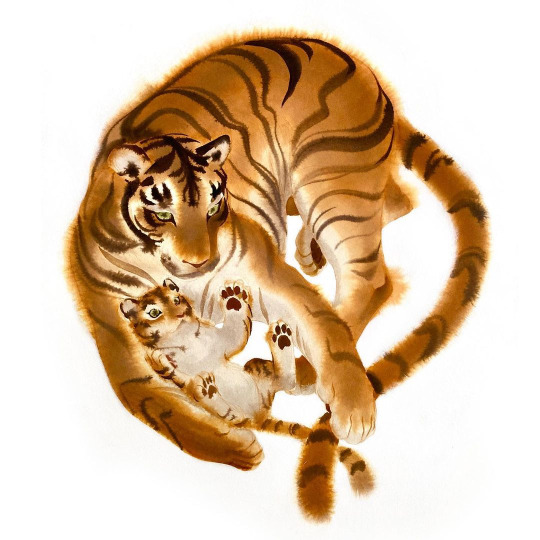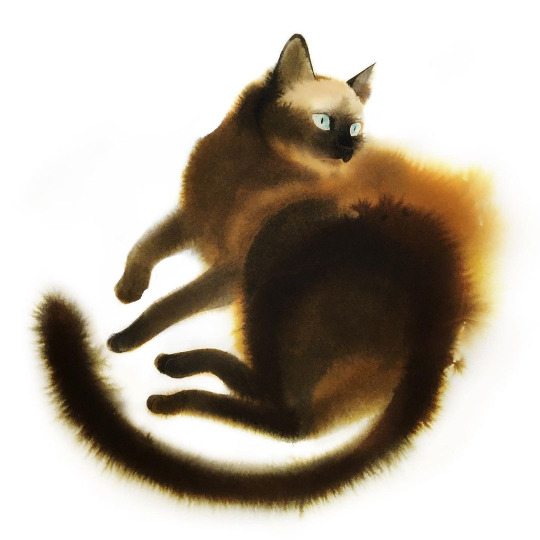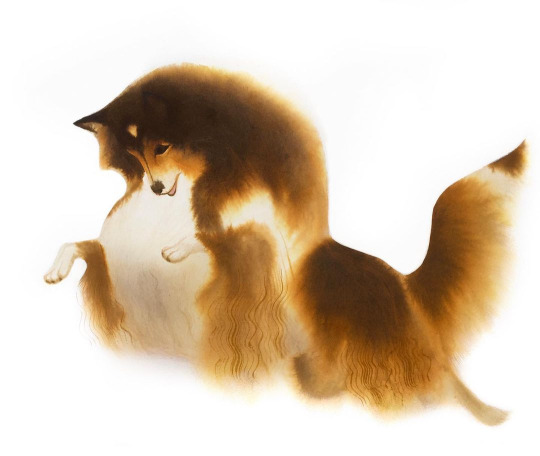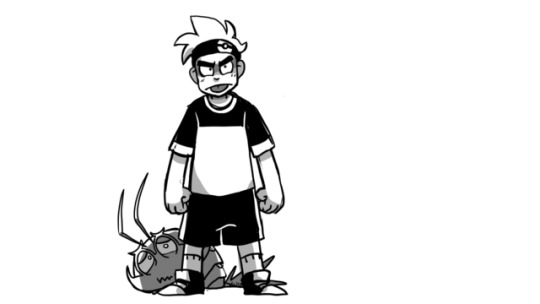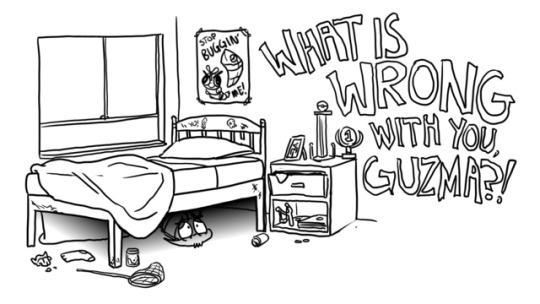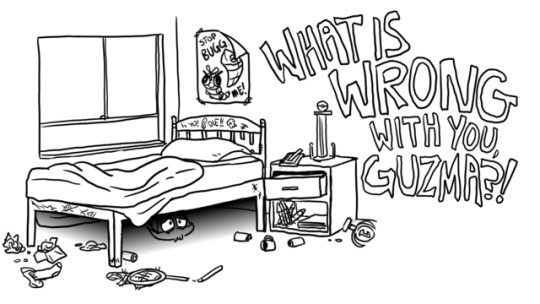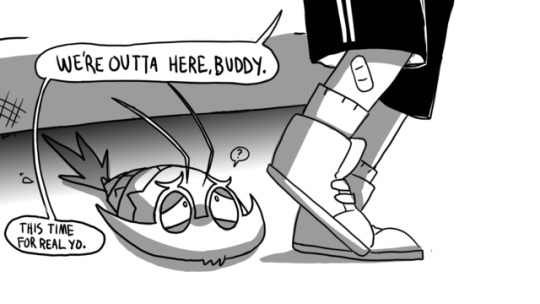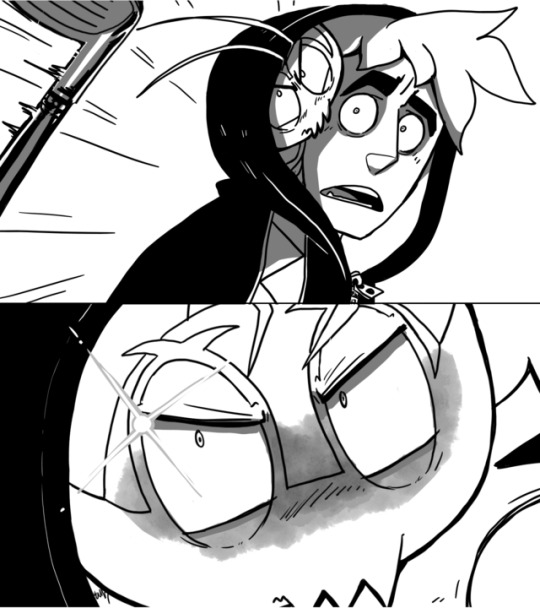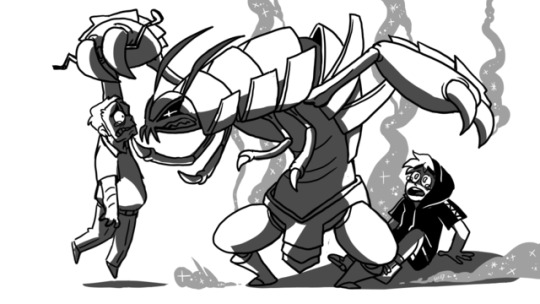Text
8K notes
·
View notes
Text




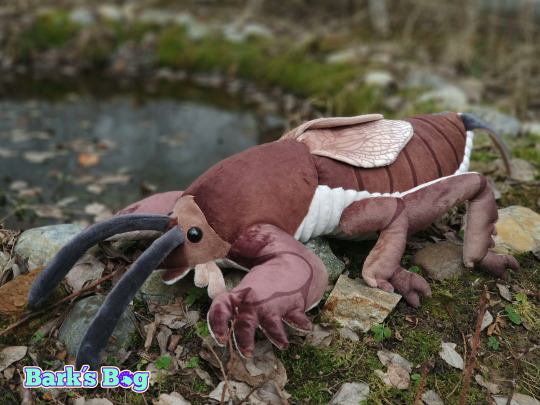



OPEN for custom plush commissions for the first time in years!
i´m only taking 2-5 slots for now and i´m looking basically for any kind of creature/animal/beast you might want me to make for you!!
--
go check out my commission info if you´re interested!!
#Hrrrugh if only i could#id get a green lacewing my favorite bug in the world#cant affird it but i will reblog as usual#i hope whorever gets it asks for a bug
956 notes
·
View notes
Text
Friend: what time do you usually go to bed?
Me: 10:30ish sometimes 4
1M notes
·
View notes
Text
Pachycetinae: The Thick Whales
Oh look I'm way behind not only on my work with wikipedia but also in regards to summarizing it on tumblr. Good thing, three of the pages I've worked on these past few months can just be summed up in one post because they are all one family.
So Pachycetinae, at the most basic level, are basilosaurid archaeocetes, the group that famously includes Basilosaurus and Dorudon. Reason I've picked up the articles in addition to my usual croc work, basically a friend and I noticed how lacklustre many pages are and stupidly decided to start revising all of Cetacea (pray for me).
Currently theres two genera within the group. Pachycetus aka Platyosphys aka Basilotritus, which is a whole mess I will get into at the end for those interested, and Antaecetus, which I'll just call "the good one" for now. Among those are three species. Pachycetus paulsonii (or Basilotritus uheni) from continental Europe (Germany and Ukraine mostly), Pachycetus wardii (Eastern United Staates) and Antaecetus aithai (Morocco and Egypt)
Picture: Pachycetus and Antaecetus by Connor Ashbridge


So the hallmark of Pachycetines, as the name would suggest, is the fact that their skeletons are notably denser than that of other basilosaurids. The vertebrae, the most abundant material of these whales, are described as pachyostatic and osteosclerotic. The former effecitvely means that the dense cortical bone forms thickened layers, while the latter means that the cortical bone, already forming thickened layers, is furthermore denser than in other basilosaurids with less porosities. The densitiy is increased further by how the ribs attack to the vertebrae not through sinovial articulation but through cartilage, so adding even more weight to them. Overall this is at times compared to manatees, famous for their dense skeletons.
Pictured below, the currently best preserved pachycetine fossil, an individual of the genus Antaecetus from Morocco.

Now there are some interesting anatomical features to mention that either differ between species or just can't be compared. For example the American species of Pachycetus, P. wardii, shows a well developed innominate bone, basically the fused pelvic bones. This is curious as one would think of it as a more basal feature, with derived whales gradually reducing them. The skull is best preserved in Antaecetus and has a very narrow snout. One way to differentiate the two is by the teeth. Pachycetus has larger, more robust teeth while that of Antaecetus are way more gracile and is thought to have had a proportionally smaller skull (in addition to being smaller than Pachycetus in general).
All of this has some interesting implications for their ecology. For instance, why the hell are they so dense? Well its possible that they were shallow water animals using their weight as ballast, staying close to the ocean floor. This would definitely find some support in the types of environments they show up in, which tend to be shallow coastal waters. There are some Ukrainian localities that suggest deeper waters, but that has been interpreted as being the result of migration taking them out of their prefered habitat.
Now while pachycetines were probably powerful swimmers, their dense bones mean that they were pretty slow regardless. And to add insult to injury, they were anything but maneuverable. Remember those long transverse processes? Turns out having them extend over the majority of the vertebral body means theres very little space for muscles in between, which limits sideways movements.
From this one can guess that they weren't pursuit predators and needed to ambush their prey. What exactly that was has been inferred based on tooth wear. Basically, the teeth of Pachycetus show a lot of abrasion and wear, not dissimlar to what is seen in modern orcas that feed on sharks and rays. And low and behold, sharks are really common in the same strata that Pachycetus shows up in. Now since Antaecetus had way more gracile teeth, its thought that it probably fed on less well protected animals like squids and fish.
Below: Pachycetus/Basilotritus catching a fish by @knuppitalism-with-ue

The relationship between pachycetines and other basilosaurids is wonky, again no thanks due to Pachycetus itself being very poorly known. Some studies have suggested that they were a very early branching off-shoot, in part due to their prominent hip bones, but in the most recent study to include them, the description of Tutcetus, they surprisingly came out as not just the most derived basilosaurids but as the immediate sister group to Neoceti, which includes all modern whales. Regardless, in both instances they seem to clade closely with Supayacetus, a small basilosaurid from Peru.
And now for the part that is the most tedious. Taxonomy and history.
Remains of pachycetines have been known for a while and were first described as early as 1873 by Russian scientists. To put into perspective how old that is. The material's history in science predates both World Wars, the collapse of the Russian Empire and even the reign of Tsar Nicholas II. Now initially the idea was to name the animal Zeuglodon rossicum, but the person doing the actual describing changed that to Zeuglodon paulsonii reasoning that it would eventually be found outside of Russia (something that aged beautifully given that Ukraine would eventually become independent).
And this is where the confusion starts to unfold. Because at the same time people unearthed pachycetine fossils in Germany too, which would come be given the name Pachycetus (thick whale) and be established as two species. Pachycetus robustus and Pachycetus humilis, both thought to be baleen whales.
Pictured below: Pierre-Joseph van Beneden who coined Pachycetus and Johann Friedrich Brandt who described Zeuglodon paulsonii. Beneden easily has the better beard.
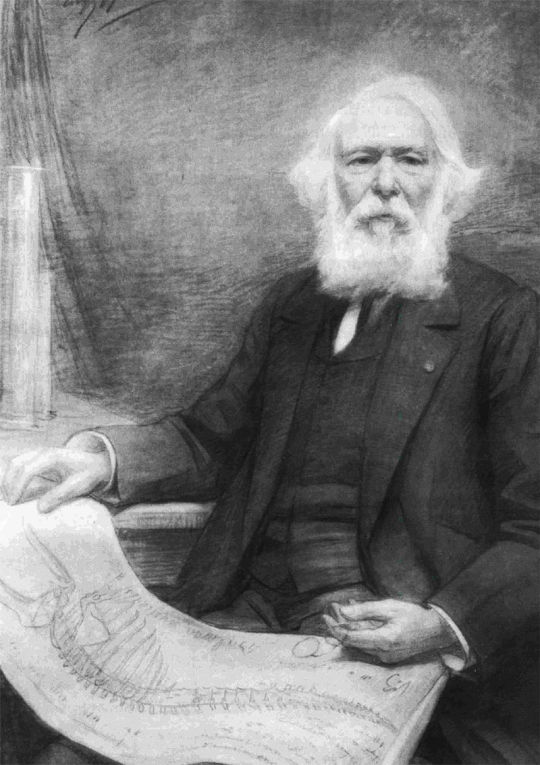

These latter two names however were later rejected in 1935 by Kuhn and lumped into other species, whereas Zeuglodon paulsonii was elevated to a full on new genus by Remington Kellogg in 1936. For those curious, Platyosphys means "broad loin", in combination with the species "Paulson's broad loin" to the amusement of some friends of mine.
And then people stopped caring and we have a nearly 70 year research gap. Eventually Mark D. Uhen found fossil material in the United States, but interpreted those fossils as being part of the genus Eocetus, naming them Eocetus wardii, a move that many following researchers disagreed with.
Then in 2001 a new species of Platyosphys, P. einori, was named. It's bad, moving on. More importantly, we got the works of Gol'din and Zvonok, who attempted to bring some clarity into the whole thing. To do so they rejected the name Platyosphys on account of the holotype having been lost sometime in WW2 and picked out much better fossil material to coin the genus Basilotritus ("the third king" in allusion to Basilosaurus "king lizard" and Basiloterus "the other king", isn't etymology fun?). They erected the type species Basilotritus uheni and then proclaimed Eocetus wardii to also belong into this genus, making it Basilotritus wardii.
This move was however not followed by other researchers. Gingerich and Zhouri maintained that regardless of being lost, Platyosphys is still valid and can be sufficiently diagnosed by the original drawings from the 19th and early 20th century. And to take a step further they added a new species, Platyosphys aithai (weird, why does that name sound familiar).
Then Van Vliet came and connected all these dots I've set up so far, noting that the fossils of Platyosphys are nearly identical to those of Pachycetus. This lead to the fun little thing were "paulsonii", applied first to Zeuglodon in the 1870s, takes priority over "robustus", coined just a few years later, BUT, the genus name Pachycetus easily predates Platyosphys by a good 60 years. Subsequently, the two were combined. Platyosphys paulsonii and Pachycetus robustus became Pachycetus paulsonii (simplified*). Van Vliet then deemed humilis to be some other whale and carried over Basilotritus uheni, Basilotritus wardii and Platyosphys aithai into the genus Pachycetus. *Technically Pachycetus robustus was tentatively kept as distinct only because of how poorly preserved it was, making comparisson not really possible.
Then finally in the most recent paper explicitly dealing with this group, Gingerich and Zhouri came back, killed off P. robustus for good, sunk Pachycetus uheni into Pachycetus paulsonii for good measure and decided to elevate Pachycetus aithai to genus status after finding a much better second skeleton, coining Antaecetus (after the giant of Greek myth).
And that's were we are right now. Three species in two genera, but only one of them is actually any good. So perhaps at some point in the future we might see some further revisions on that whole mess and who knows, perhaps Basilotritus makes a glorious comeback.
To conclude, sorry about the lack of images, despite the ample history theres just not much good material aside from that one Antaecetus fossil and I didn't want to include 5 different drawings in lateral view.
Obligatory Wikipedia links:
Pachycetinae - Wikipedia
Antaecetus - Wikipedia
Pachycetus - Wikipedia
Ideally Supayacetus will be the next whale I tackle, distractions and other projects not withstanding (who knows maybe I'll finally finish Quinkana)
157 notes
·
View notes
Photo
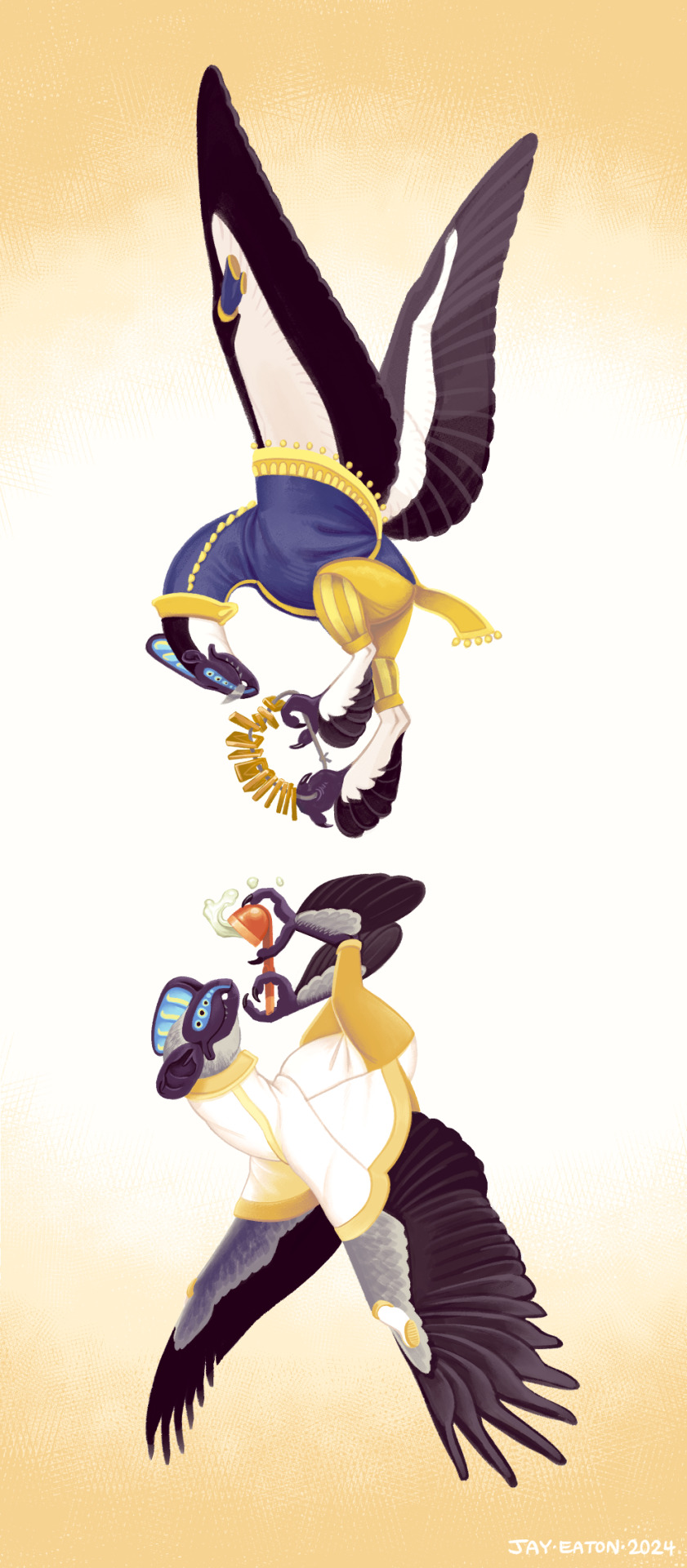
The two main characters of my short story Airsled, Vrazi the diver avian and Piawii the pygmy avian.You can read more about their species here. Vrazi is holding the cord of money they used to buy Piawii’s indentured labor, and Piawii is holding Vrazii’s tea pipe.
The tea pipe was a funny compromise that turned into worldbuilding, because Vrazi felt like the type of character to smoke a cool pipe, but avian lungs are too delicate to handle the high concentration of airborne particulates found in leaf smoke. Smoke inhalation has a lot more immediately deleterious effects to them than to humans. I split the difference by giving them a steaming hot cup of [insert additive stimulant here] with a pipe-like handle for drinking on the go.
This design got turned into stickers and put on the back cover of the new printed edition.
1K notes
·
View notes
Note
Do you have any cool bird facts
female raptors (eagles, hawks, falcons, etc) are larger than male raptors in pretty much all species. this happens even in groups not closely related to each other (ex: hawks and falcons), so its beneficial enough in their niche that its evolved independently a few times, though its unsure exactly what that benefit is atm (bc unlike males being larger in a lot of mammals, female raptors dont make a habit of fighting each other or using size to attract mates as far as we know). ex: heres a male and female Cooper's Hawk
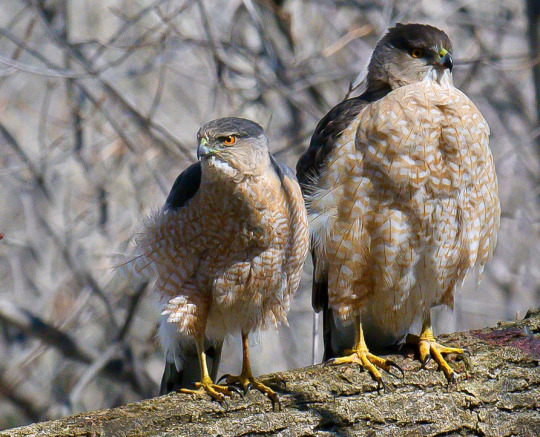
somewhat mentioned above but falcons are more closely related to parrots than they are to hawks
Gray Catbirds and American Robins have been witnessed raising young in the same nest at the same time. In one instance (reported by Mulvihill and Murray), they were recorded caring for the young of both species in the nest, and when the Catbird young fledged, the adult Catbirds continued to provide food for the not-yet-fledged Robins. heres a pic of the nest from the report
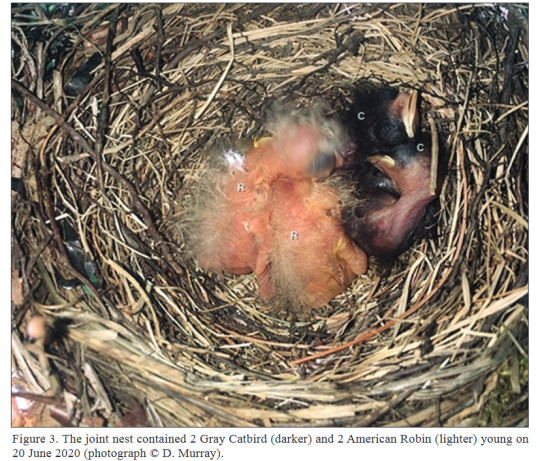
the worlds oldest known bird as of 2024 is a wild Laysan Albatross named Wisdom who's 72-73 years old (at minimum, we dont actually know her birth date, just that she was at least 5 years old when she was banded in the 50s) and still raising chicks. here's her with one of her chicks

also Albatrosses have wingspans of up to 3.5m/11.5ft and have been recorded flying 49,700 miles without touching land (they do land in the water to eat tho)
this is from personal experience but if you walk around in a north american grassland for long enough, you Will get jumpscared by a Mourning Dove bc they make their nests on the ground in the grass and like to hang out on the ground in the grass and they also like to wait until youre right overtop of them to freak out and fly away from you
Bald Eagles don't get their fully white heads and tails until theyre about 5 years old

A lot of birds have been observed incorporating cigarette butts into their nests, and a study in Mexico on House Finches found that this actually results in drastic decreases in parasites affecting young compared to nests without them
Cedar Waxwings (and Waxwings in general) just look so smooth. they look like someone airbrushed them. look at this shit
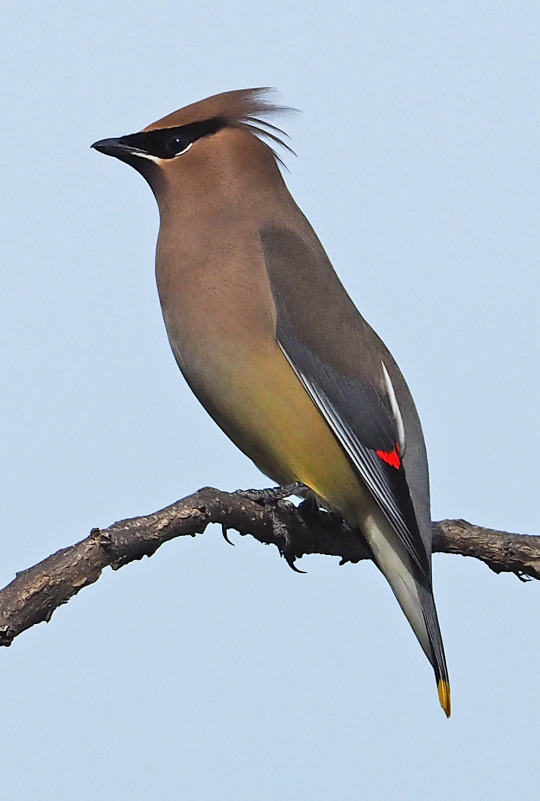
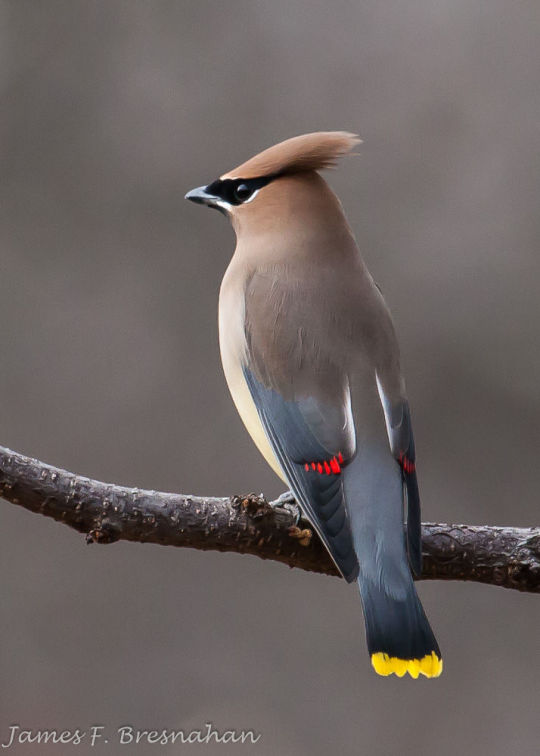
in Jacanas, females lay eggs in multiple males' nests, and then the males raise the young by themself. Also they carry their babies under their wings like this

Horned Guan. Theyre endangered and live in a small area of central america. both the males and females have the little horn fez, the males just have taller ones
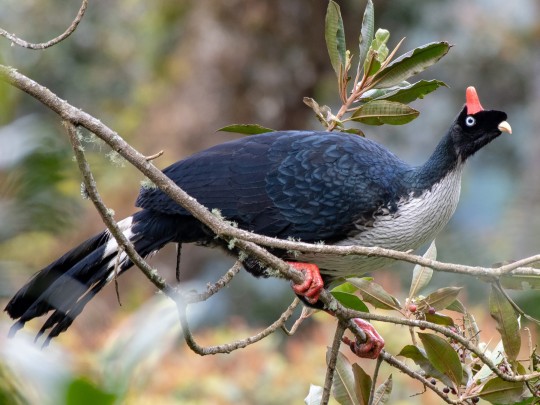
6K notes
·
View notes
Text
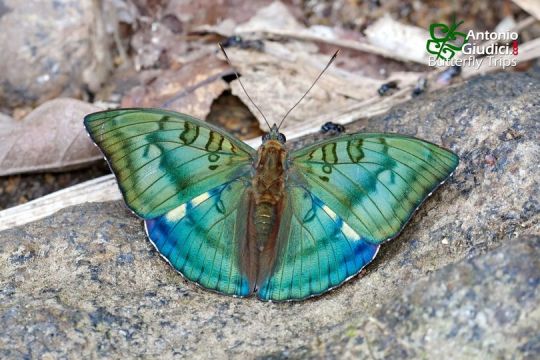
Bronze Duke (Euthalia nara shania), family Nymphalidae, Chiang Mai, Thailand
Other subspecies of this butterfly have a bronzier coloration, thus the name.
photograph by Antonio Giudici
1K notes
·
View notes
Text

In ‘Felt Love,’ a Young Boy and His Mother Learn the Value of Spending Quality Time Together
52 notes
·
View notes
Text
27K notes
·
View notes
Video
The way other pilots can just jump in like the world's most flammable peanut gallery
Unmute !
63K notes
·
View notes
Note
Can you explain what rufousing is?
Rufousing is a polygenic trait which influences the “richness” or “warmth” of phaeomelanin pigment in agouti cats.
Polygenic means there isn’t just one “rufous gene,” but rather multiple genes which influence the phenotype. When it comes to rufousing in cats these genes have not yet been isolated and identified.
That hasn’t stopped breeders from being able to select for more or less rufousing, though! The ruddy Abyssinian being an excellent example.
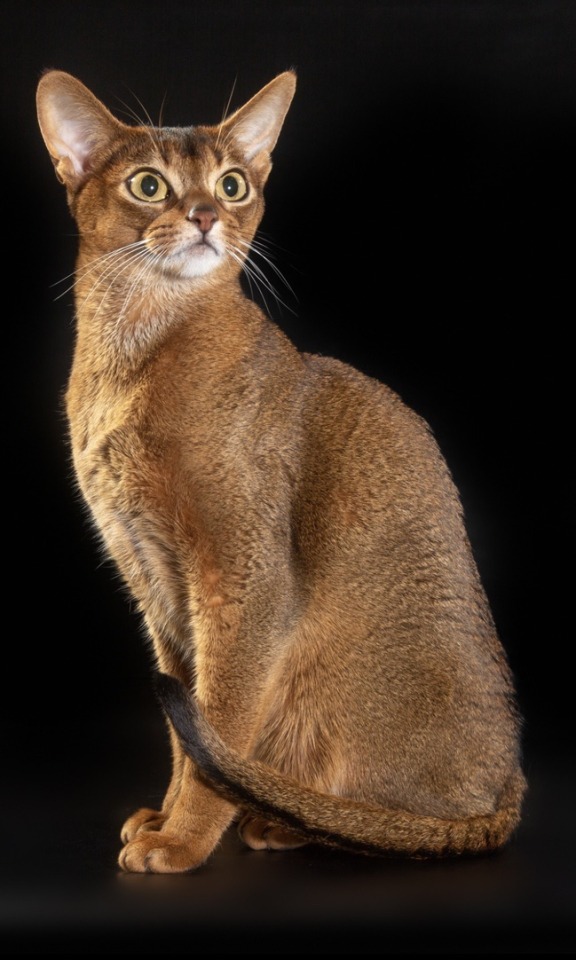
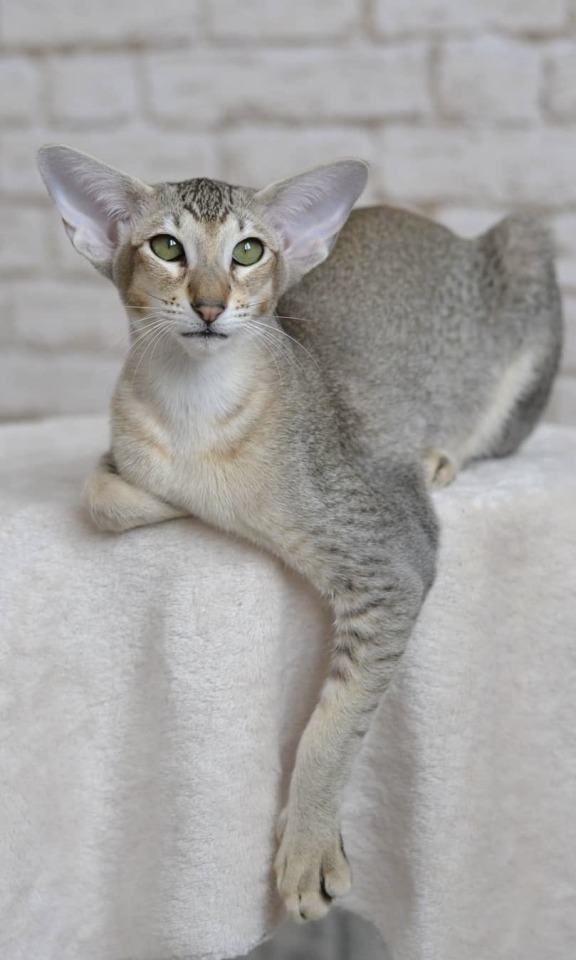
On the left is the ruddy Abyssinian WCF Ch Lissana's Fiesta and on the right is White Wolf Phaeton.
These are both black-based ticked tabbies.
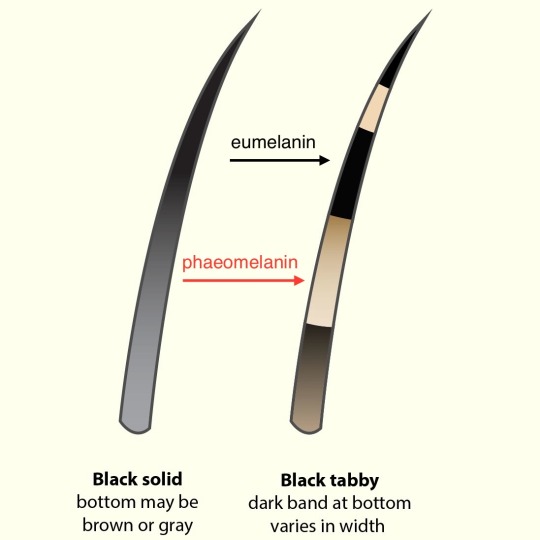
[Source: Sparrow’s Garden]
In tabby cats the “true” color is portrayed by the stripes, which is why what’s frequently referred to as a “brown tabby” is actually black-based.
The rufousing polygenes work on the banding in between.

Here are some more examples!
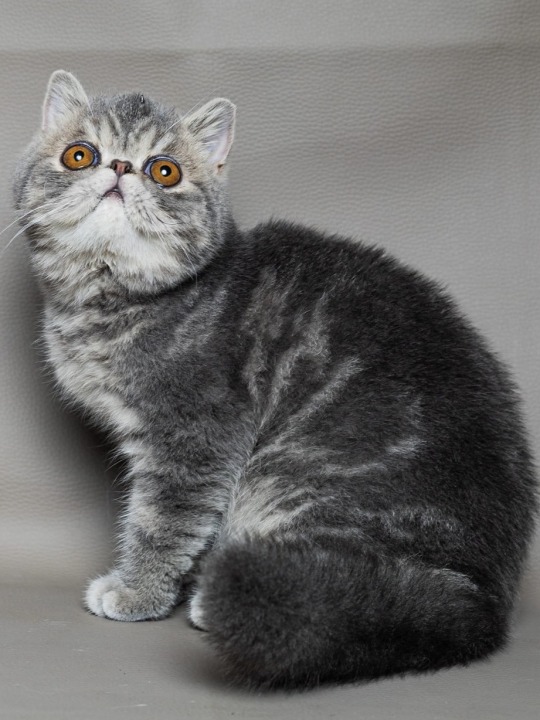
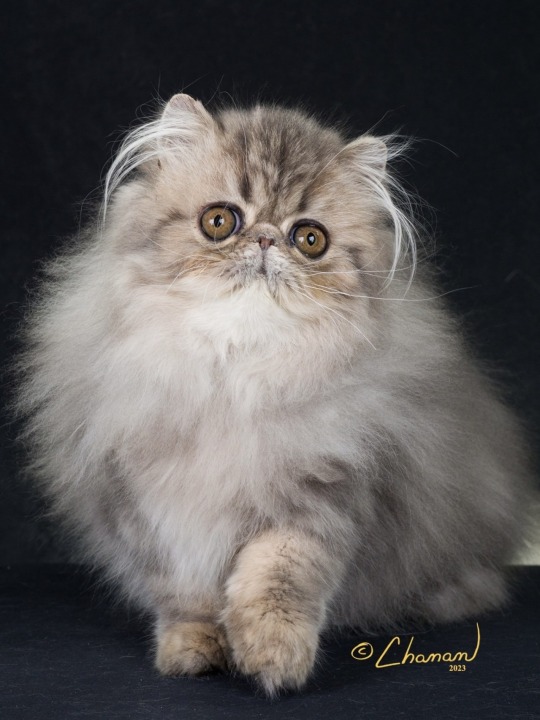
One the left is a cool-toned Exotic Shorthair with low rufousing from Puro Glamour and on the right we have a very warm-toned Persian with high rufousing from Belcanto.
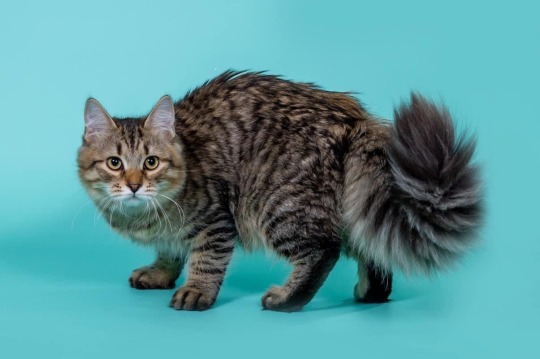

And then on the left we have a Siberian with low rufousing compared to the very warm-toned Siberian with high rufousing on the right. Both cats are from SarSibi.

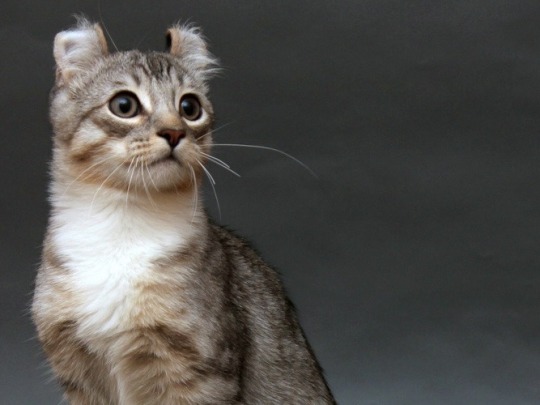
In silver cats rufousing is referred to as tarnishing. On the left we have a Maine Coon without tarnishing (tarnish id undesirable in the breed) from Imperial Family and on the right we have an American Curl with tarnishing from ILmatar. This cat is not a tortoiseshell.
1K notes
·
View notes

